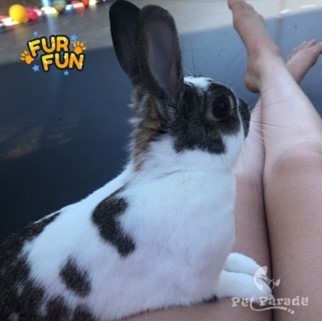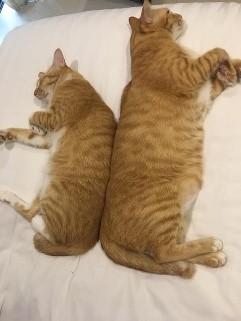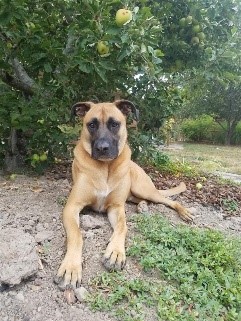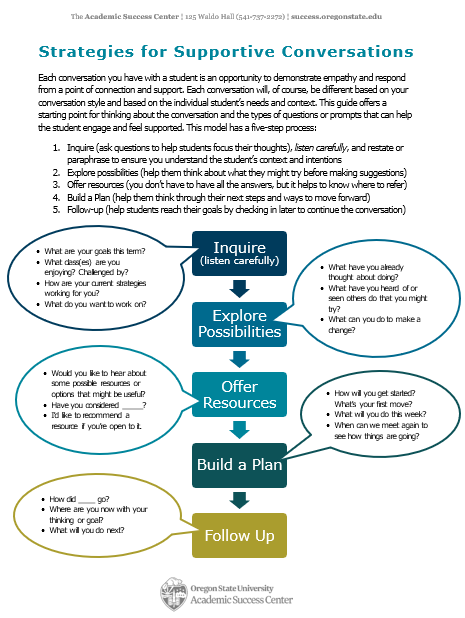by Sarah Norek
This past summer, life happened for me. As in, this past summer, an unexpected life event came along and completely derailed what I’d imagined my summer – at work and outside of it – would be. It involved family, and medical stuff, and a lot of not knowing, and time. July was a particularly long-feeling month with a lot of being in the hospital with a family member.
Before the event, I had such grand plans for summer work time! There was going to be meaningful collaboration on a project, momentum and gains on another project, some thinking-ahead to a couple different projects, etc. I had a main list, and a couple secondary lists, and things were going to be crossed. Off. Stuff was going to HAPPEN. When life happened for me, it was a Sunday. By Monday, my old summer structure and plans were obsolete.
As I write this in fall, with two-ish months between then and now, things aren’t completely back to where they were, but they’re in a better place. Lately I’ve been reflecting on the part belonging and community played in my navigation of everything outside of work that unfolded and my absence at work because of it. Being in a less activated head-space, I’ve been able to name some of the choices I made that allowed for my presence elsewhere in July, and to appreciate more fully what was offered by my community:
Choices I made:
- I said no to things/dropped things off my summer work list – summer is never long enough to do all the things anyway, but I also leaned into summer no longer being what I had imagined, and that being okay. Commitments were adjusted. Projects were dropped or moved back. I created priorities based on bandwidth and needs.
- I asked for help & accepted it when offered – asking for help is a skill we talk with students a lot about developing, and I fully admit that I’m still in my help-asking journey. It’s hard. I don’t want to add to anyone’s plate. But it’s also their choice to say yes or no, and it was my choice to accept it (another hard thing, not wanting to add to folks’ plates).
- I let go of what I thought I needed to do to be a good employee – I have a lot of self-judgement around what I’m doing and what I’m not doing and what that means for me and how my colleagues perceive me. Am I unique in this? Nope. But the shape and feel of my insecurities are uniquely mine, and it was hard work to let them go, and imperfect too. Removing that level of expectation allowed me to be where I needed to be completely, and only I could do it.
- I let myself be where I needed to be – during the work day, that was often at the hospital, but also it was sometimes at work for a break from the hospital, or working while there to give my brain something else to focus on. I didn’t give myself blocks to fill necessarily, I just gave myself places to be and ways to be there and then stepped in as needed – for me and for work and for the people I was supporting outside of work.
- I accepted summer having kind of blown up – I got to practice what I try to always acknowledge in workshops with folks, which is that life happens sometimes, and what we thought we’d do can’t happen. And that can be really hard, and it’s okay. Stay kind with yourself. Give yourself some grace. And recognize that you’re still doing a lot of hard work, even if it’s not exactly the work you expected it to be.
Things folks offered:
- Hugs – I’m not always the huggiest person, and hugs aren’t everyone’s thing, and relationships are different. But hugs were grounding and reminded me I wasn’t swirling around in everything all on my own. Thanks folks.
- Permission to drop things/not be at things – sometimes permission is actually needed, and sometimes it just means a lot to hear from someone else that it’s okay to not be at a place or show up for a thing. Thanks for saying it aloud.
- Coverage – we already had summer event coverage plans in place, but when I couldn’t show up or needed to be at an appointment, and I reached out, folk stepped in, the community supported me, and I will be endlessly grateful for this. Thank you again.
- Texts and memes and chats – ways to signal a person isn’t alone. A quick hello, a ping from the world beyond my own, which felt very small and stressful, meant so much. Thanks for those, too.
Life happening can happen in a lot of different ways, in a lot of different forms. Our teams may be very different, our approaches may be very different. My brilliant colleague, William, named what I hadn’t seen before: that I’m speaking both to community and absence, and what community can mean in absence/when absence has to happen. As apart from my team and my previous plans as I was, my choices and options were informed by my community, and my community helped shorten the distance I experienced and supported the choices I could control. That’s a takeaway for me too: that there were still things I could control, even within all that I couldn’t, and the community I’m a part of played a huge role in me getting from point A to whatever point I’m at now, and wherever I’ll get to next.











